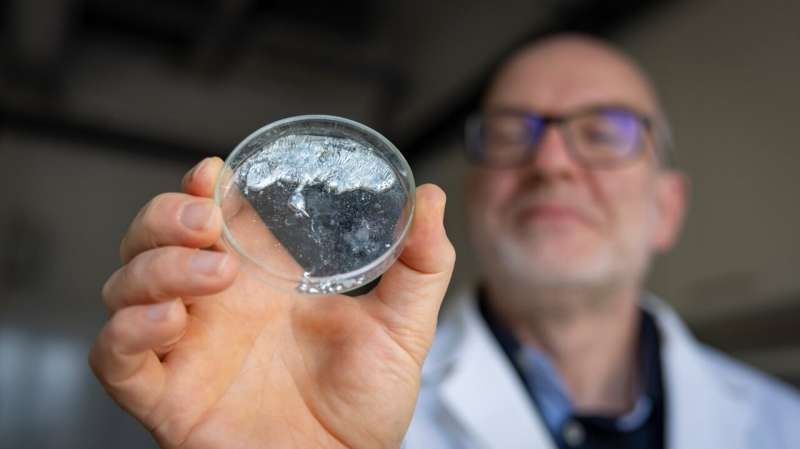Researchers at Chemnitz University of Technology have made a breakthrough in the development of sustainable catalysts by synthesizing a remarkable gallium compound, opening up new possibilities for replacing expensive and environmentally harmful precious metal catalysts.

The Search for Catalysis Which Holds Up
Catalysts are vital to the production of many everyday products on which we depend: cars, fertilisers and more. Yet the drawbacks of traditional catalysts are that they often rely on rare and expensive precious metals like iridium and rhodium, which can also be environmentally non-friendly.
Scientists have been looking for alternative, less toxic catalysts in order to make production processes more sustainable. Promising candidates so far have been aluminum and gallium, which are abundant, cheap, and non-toxic. However, developing thermally stable catalytic materials based on these abundant elements has proven to be an elusive goal—up until now.
Taming the Gallium Compound
In doing so, the team of Professor Robert Kretschmer at Chemnitz University of Technology has now achieved a sensational success. Vidé explains that only a few researchers worldwide succeeded in synthesizing a gallium compound which has the gallium atom attached to just one carbon atom.
We find this one especially intriguing because gallium is usually trying to increase bonding in a reaction. However, the team has seen a reaction in which the gallium has “jumped” two carbon atoms farther away (the insertion reaction). These sorts of reactions are important for many different industrial syntheses, and so this observation suggests new avenues for the development of environmentally benign catalysts.
Such rare and reactive molecules are only tamed in the laboratory by a handful of research groups in the world, which makes this achievement truly remarkable. The results have now been published in the high impact journal Nature Synthesis, further underlining the importance of this discovery.
Conclusion
The creation of this groundbreaking gallium compound constitutes a major leap forward in the pursuit of greener catalysts. The use of gallium instead of expensive and environmentally harmful precious metal catalysts will enable new eco-friendly production processes in many areas. As a result, the find will not just save on money and ecological footprint — it might also pave the way for future scientific innovators to build on this by developing further catalyst technologies, which in current state of knowledge are key assets to transition towards a more sustainable society.
